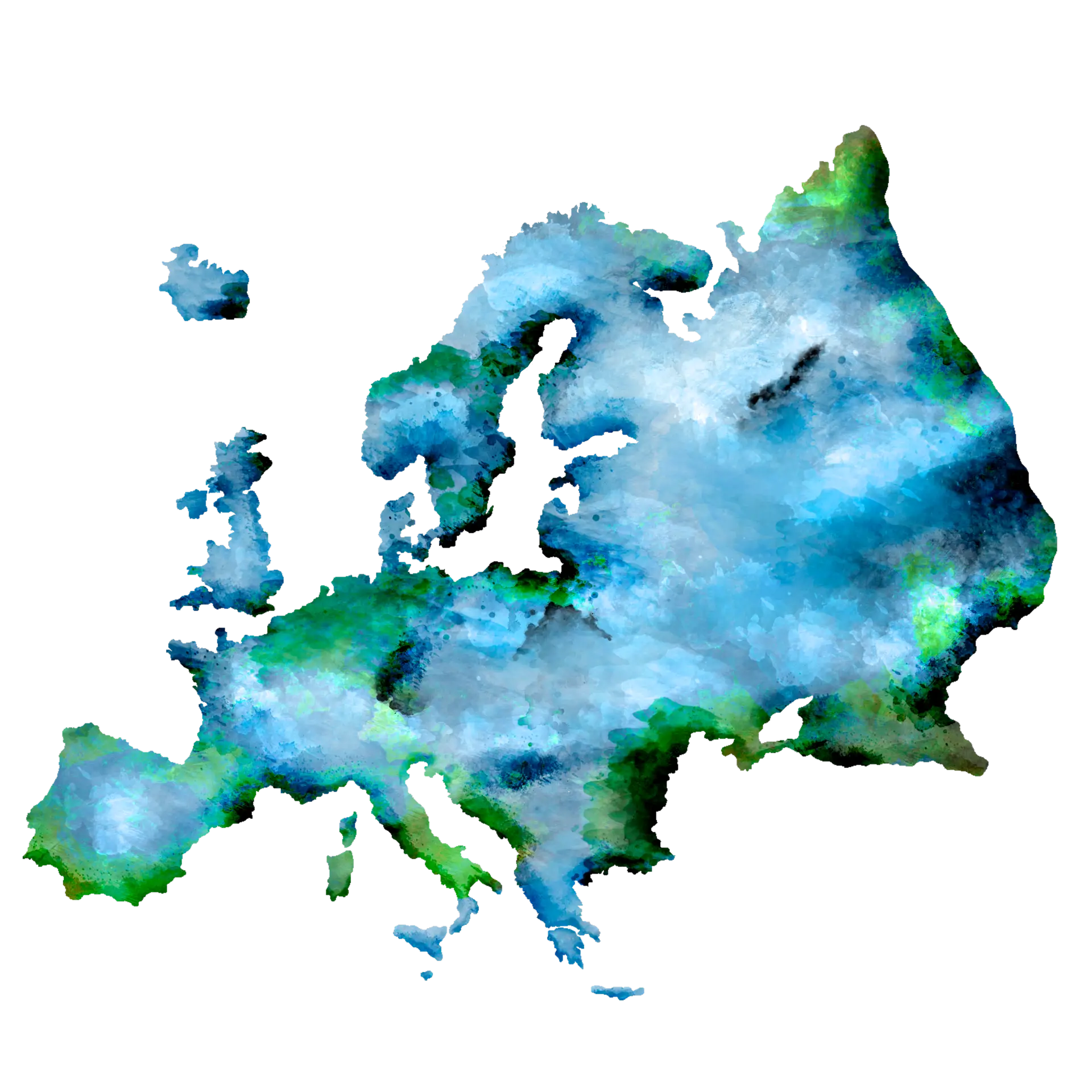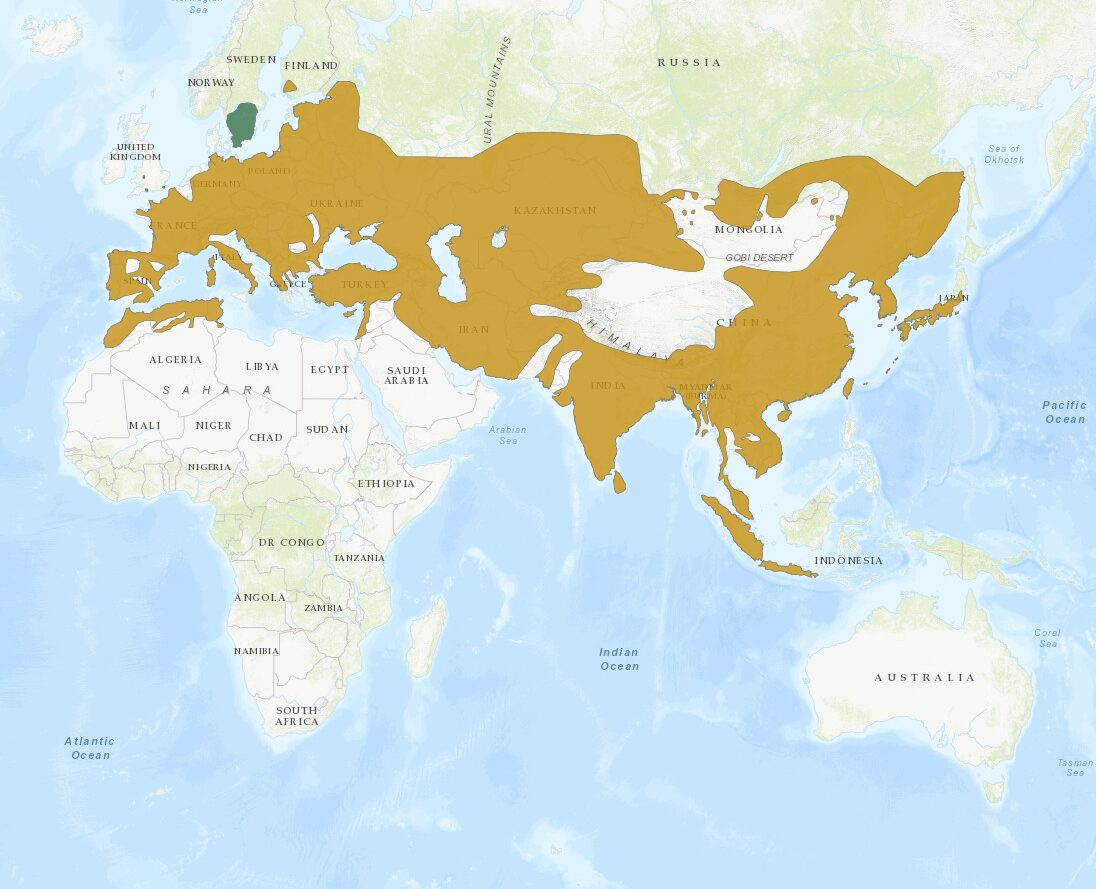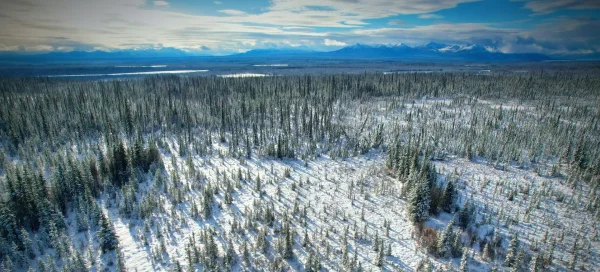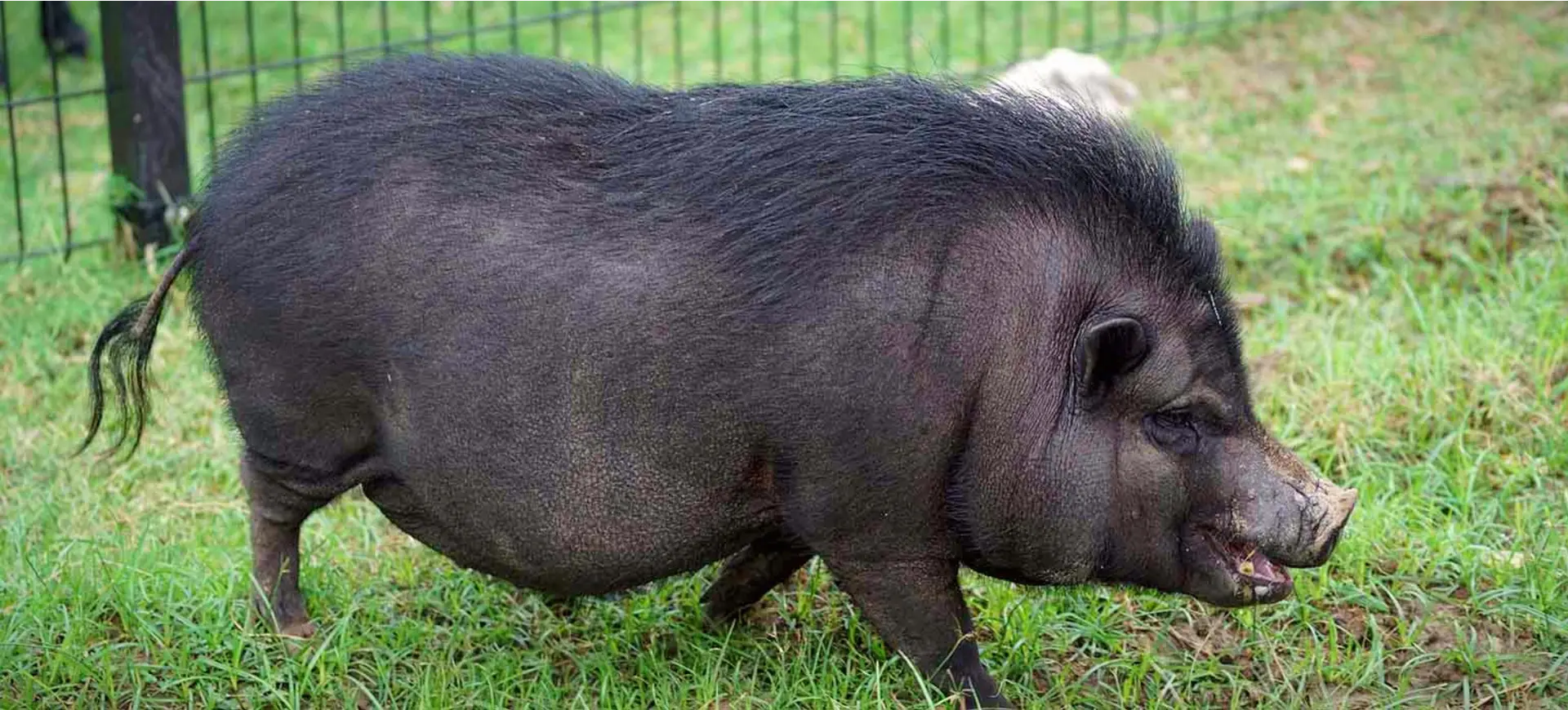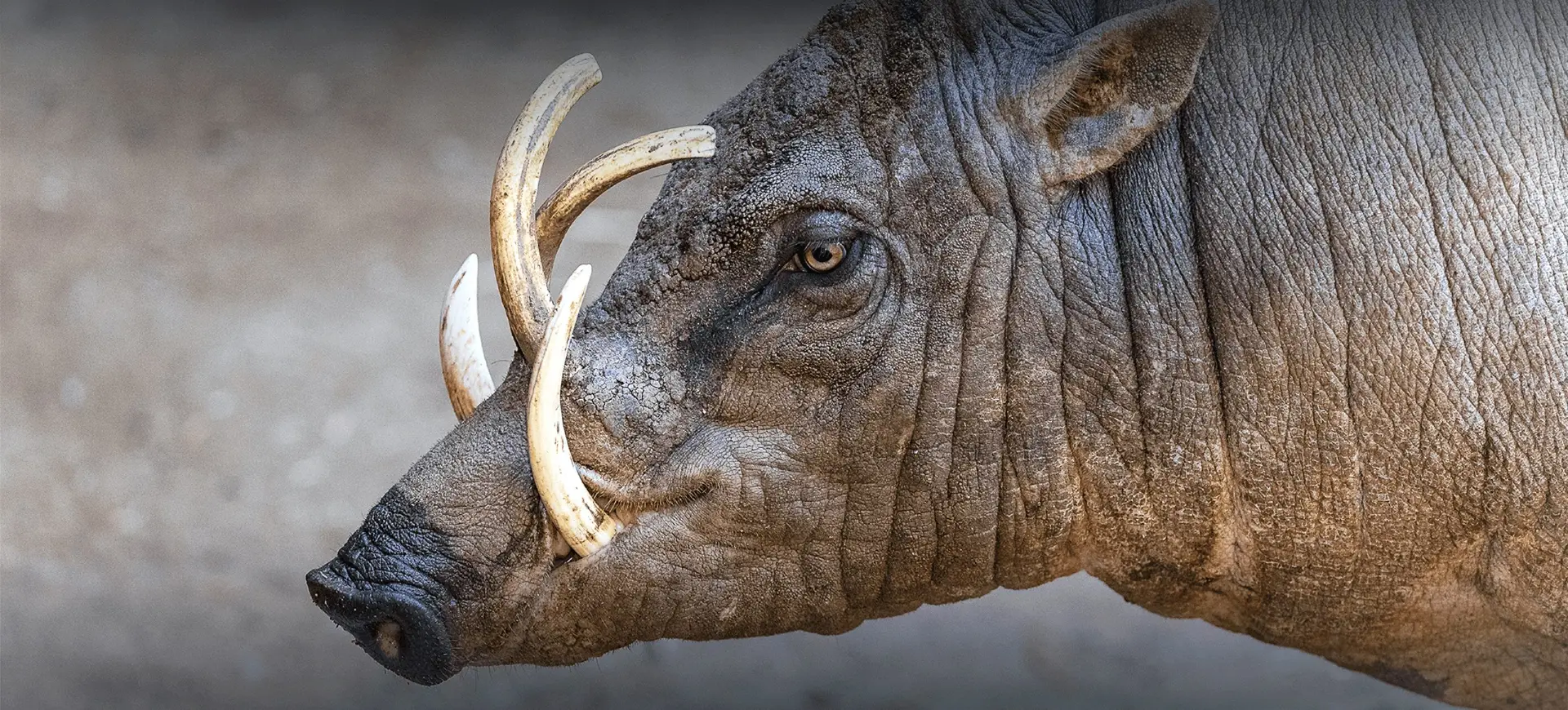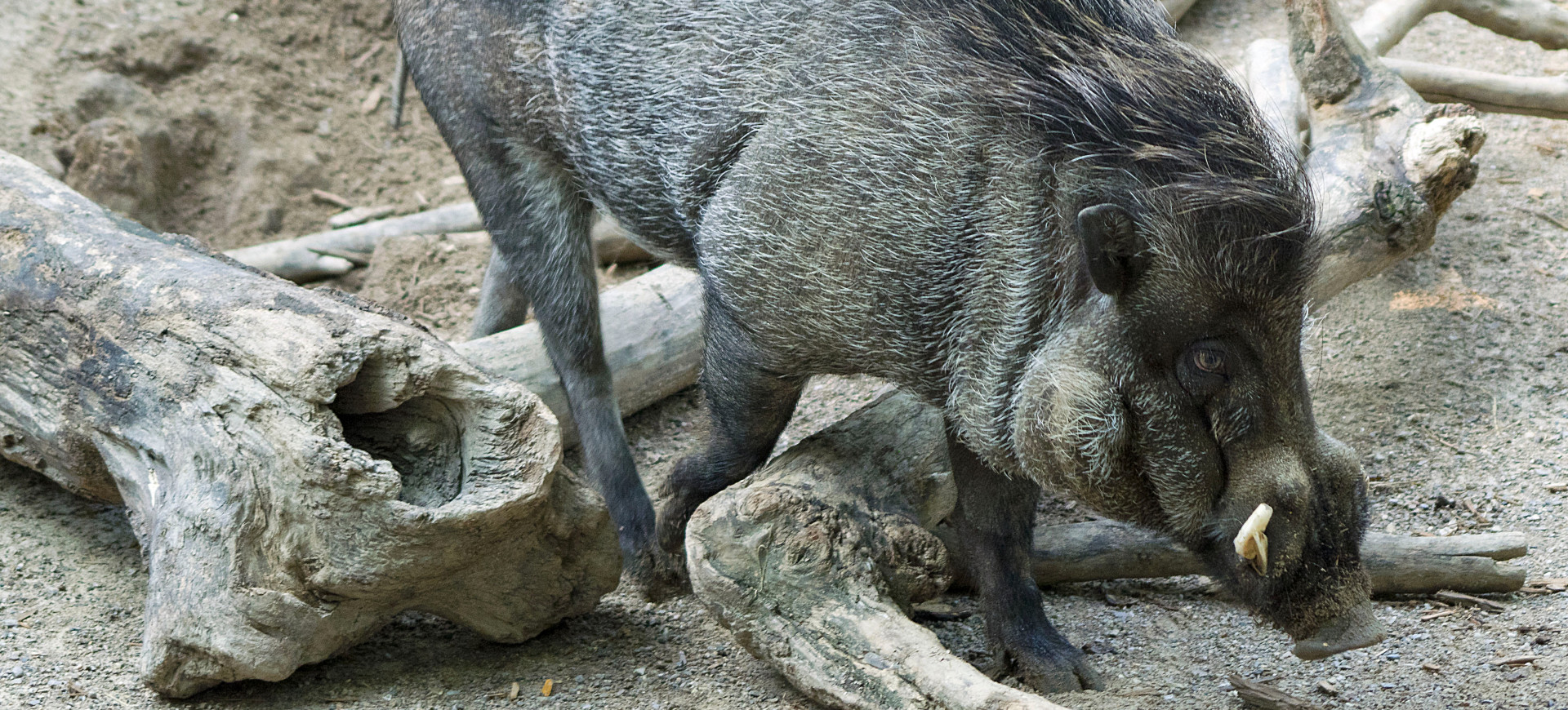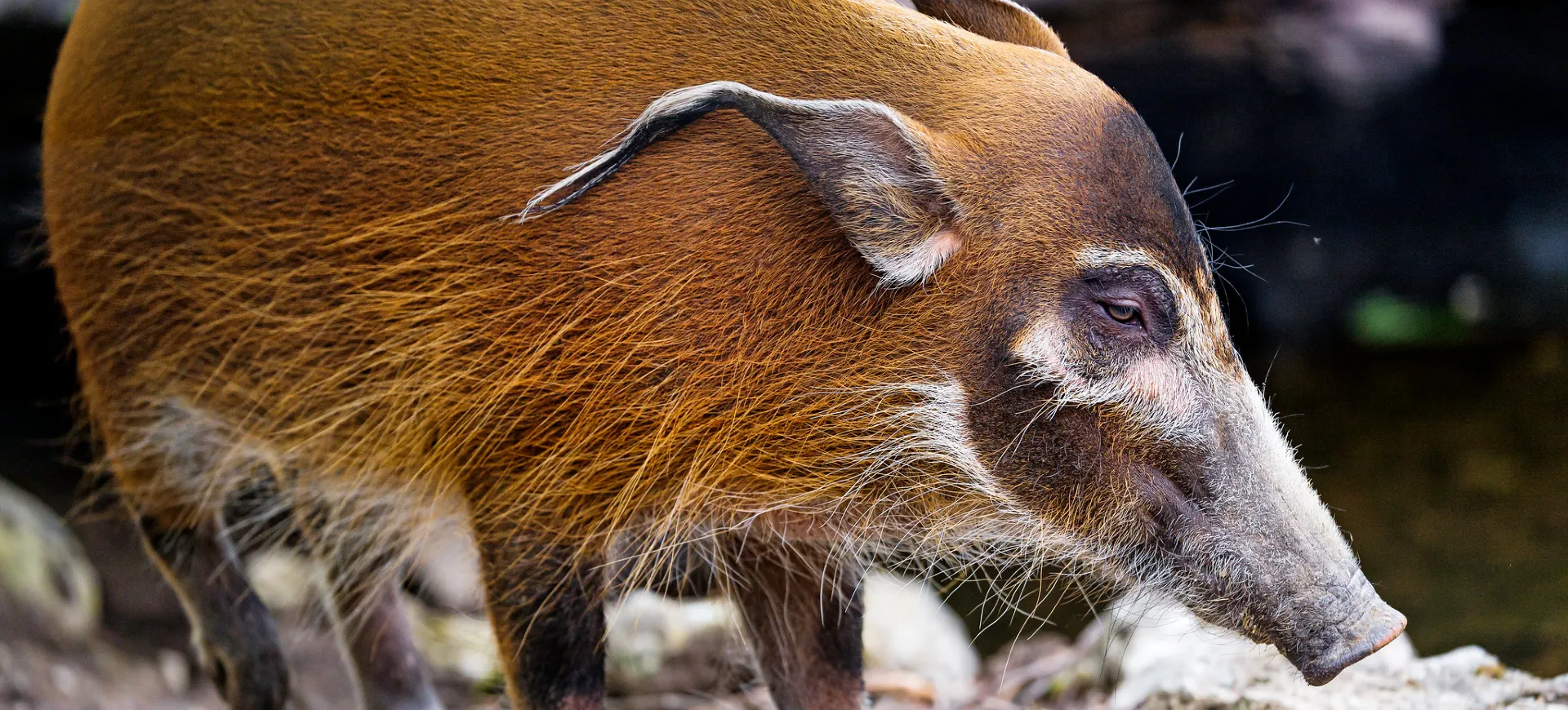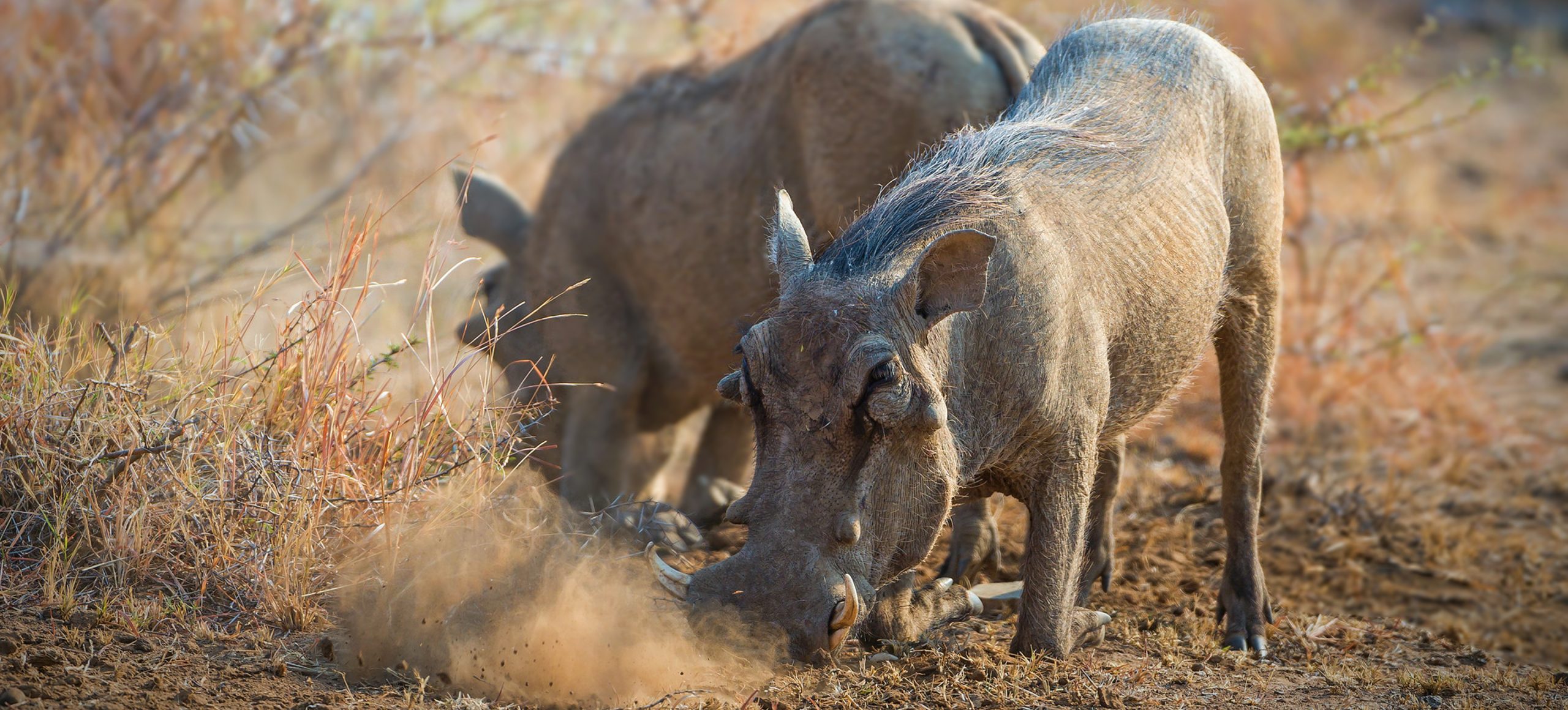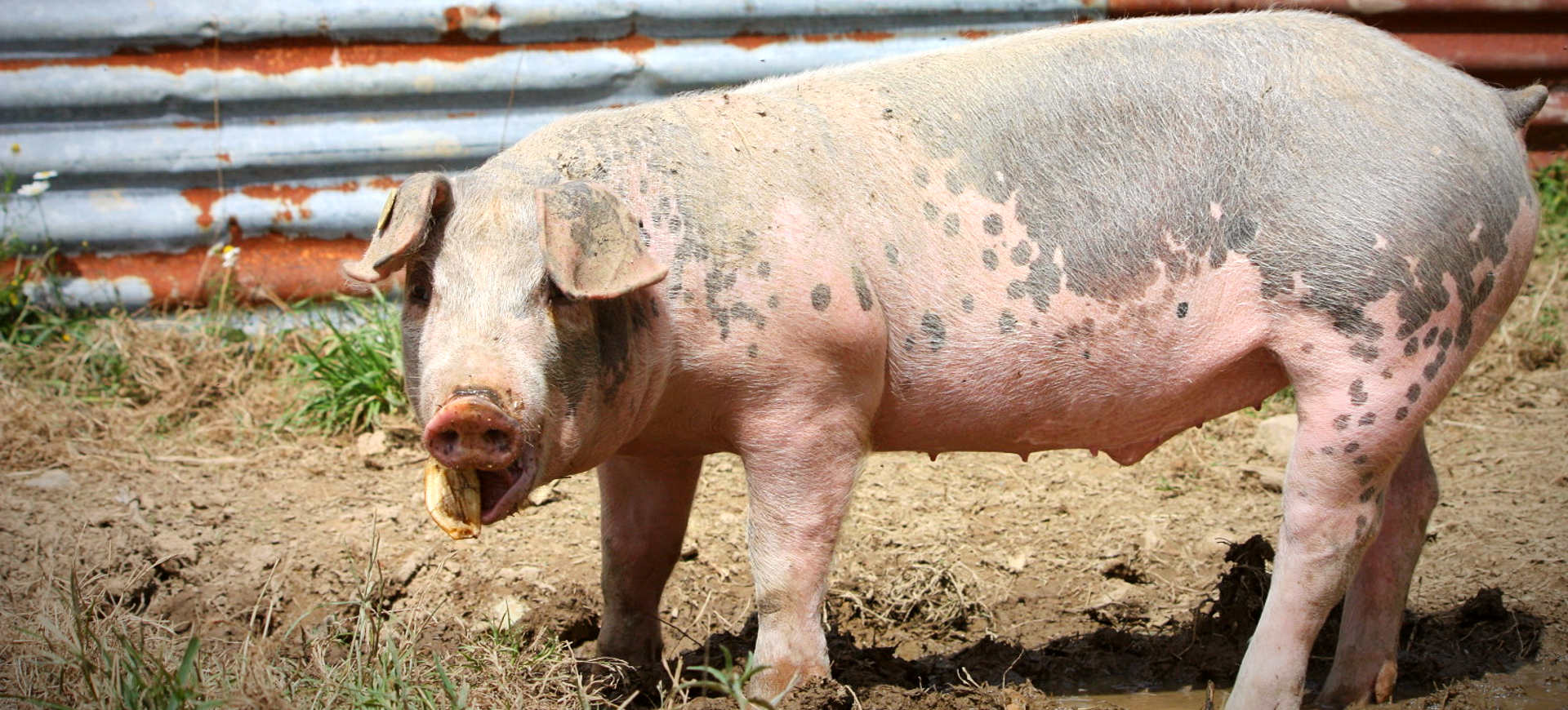Overview
The wild boar is a highly adaptable and resilient animal known for its characteristic tusks and robust body. Its fur varies from dark grey to brown and even black, often with bristly hair, lending it a rugged appearance. This species exhibits significant sexual dimorphism, with males typically larger and more muscular than females and possessing more pronounced tusks.
Wild boars are omnivorous, feeding on a varied diet that includes roots, fruits, small animals, and even carrion. They are known for their strong, curved tusks and elongated canine teeth used for digging and defense. This species is also known for its keen sense of smell, which it uses to locate food buried underground.
These animals are highly social, usually found in groups known as sounders, typically composed of females and their young. Males tend to be more solitary, especially the older ones. Wild boars are known for their intelligence and have been found to have remarkable problem-solving abilities and a good memory, especially regarding food sources.
Taxonomy
Kingdom
Phylum
Class
Order
Family
Genus
Species
Sub Species
Type
Current distribution:
Wild boars have one of the widest ranges of any mammal species. They are found across much of Eurasia, from Western Europe and the Mediterranean Basin through Russia and parts of Central Asia to China and Southeast Asia. They have also been introduced to the Americas, Australia, and some parts of Africa.
In many of these areas, especially in Europe and North America, the range and population of wild boars have been expanding. This expansion is attributed to mild winters, changes in land use that create more favorable habitats, and deliberate introductions for hunting purposes in some areas.
Physical Description:
Wild boars have a stocky, powerful build with relatively short legs and a large head. Their bodies are covered with coarse hair that can vary in color, typically dark grey to brown. The hair along the back is often longer, forming a mane that stands up when the animal is agitated or during the mating season.
The most distinctive feature of wild boars is their tusks. Both males and females have lower tusks that protrude from the mouth, but those of the males are particularly large and sharp, curving upwards. These tusks can be used effectively in digging and as a formidable weapon against predators. Their eyes are relatively small, and their ears are pointed and erect, adding to their keen senses, which are crucial for survival in the wild.

Lifespan: Wild: ~15 years || Captivity: ~20 years

Weight: Male: 130-440 lbs (60-200 kg) || Female: 110-330 lbs (50-150 kg)

Length: Male: 59-71 in (150-180 cm) || Female: 57-65 in (145-165 cm)

Height: Male: 30-35 in (76-89 cm) || Female: 28-33 in (71-84 cm)

Top Speed: 30 mph (48 km/h)
Characteristic:
Native Habitat:
Wild boars are native to various environments, from woodlands and forests to grasslands and wetlands. They are highly adaptable and capable of living in various climates, from temperate regions to tropical areas. Their adaptability is evident in their ability to thrive in different types of vegetation and varying levels of water availability.
These animals prefer habitats that offer both cover and food resources. Dense vegetation provides shelter and protection, while open areas are used foraging. They are often found near water sources, as they require water for drinking and wallowing, which helps them regulate body temperature and control parasites.
Climate Zones:
WWF Biomes:
Biogeographical Realms:
Countries:
Diet:
Diet & Feeding Habits:
Wild boars are omnivores with a highly varied diet that adapts to their environment. They feed on roots, tubers, fruits, and crops, causing significant agricultural damage in some regions. They consume small animals, including rodents and reptiles, and are not opposed to scavenging carrion.
Their foraging behavior is a notable aspect of their ecology. Wild boars are skilled at rooting in the soil with snouts to unearth food. This behavior significantly impacts the ecosystem, as it helps in seed dispersal and soil aeration, but it can also lead to destructive impacts on native flora and agricultural lands.
Mating Behavior:
Mating Description:
Wild boars have a distinct mating season, during which males compete fiercely to access breeding females. These competitions involve physical confrontations where males use their tusks to fight. The dominance hierarchy established through these fights plays a critical role in mating success.
During the mating season, males emit strong odors and produce vocalizations to attract females. Females, in turn, show signs of estrus and are receptive to the dominant males. The mating process involves a brief but intense interaction, after which the male may mate with several other females.
Reproduction Season:
Birth Type:
Pregnancy Duration:
Female Name:
Male Name:
Baby Name:
Social Structure Description:
Wild boars exhibit a complex social structure primarily centered around female-led groups known as sounders. These sounders usually consist of several adult females and their offspring. The social bonds within these groups are strong, and they cooperate in rearing young and defending against predators.
Males, especially mature ones, tend to be more solitary or form temporary associations with other males outside the breeding season. During the breeding season, males become more aggressive and competitive, seeking to establish dominance to gain mating opportunities. This social structure allows for a balance between cooperative behavior within sounders and competitive interactions during mating periods.
Groups:
Conservation Status:
Population Trend:
The global population of wild boars is considered stable and even increasing in many regions. This is primarily due to their high reproductive rate and adaptability to various habitats, including those altered by humans. In some areas, their numbers have grown significantly, leading to them being considered a pest species due to their impact on agriculture and native ecosystems.
Despite their overall stable population, wild boars face threats in specific regions. These threats include habitat loss, conflicts with agricultural interests, and hunting pressures. In some areas, they are hunted extensively both for sport and to mitigate the damage they cause to crops and native flora and fauna.
Population Threats:
Wild boars face several threats, primarily from humans. One of the significant threats is habitat loss due to expanding human settlements and agricultural activities. This loss of habitat not only reduces the areas available for them to live but also leads to conflicts with human interests, particularly in agricultural regions where they are known to cause extensive damage.
Hunting is another major threat to wild boars. They are hunted for their meat and tusks, and in many regions, they are subject to control measures to reduce their populations. While these hunting activities are often aimed at population control, they can sometimes lead to localized declines, especially when not properly managed.
Conservation Efforts:
Conservation efforts for wild boars are complex due to their dual status as both a game species and a pest. In regions with excessive populations, management strategies focus on population control through hunting regulations. These regulations aim to balance the species’ conservation needs with the requirement to reduce their impact on agriculture and native ecosystems.
In contrast, conservation efforts include habitat protection and restoration in areas where their populations are threatened. These efforts aim to ensure the availability of suitable habitats and to reduce the conflicts with human activities that can lead to excessive hunting or persecution of these animals.
Additional Resources:
Fun Facts
- Wild boars are the ancestors of domestic pigs, with a lineage dating back millions of years to the Pleistocene era.
- They are among the most broadly distributed mammals across Europe, Asia, and North Africa and introduced populations in the Americas and Oceania.
- Omnivorous by nature, their diet is incredibly diverse, ranging from nuts and fruits to small animals and carrion.
- Their snouts are strong but highly sensitive, used for foraging and digging into the soil, though this can lead to environmental damage.
- Socially, they typically live in groups known as ‘sounders,’ mainly composed of females and their offspring.
- Female boars are notably protective of their young, showing aggression if they perceive a threat.
- Despite their size, wild boars can reach speeds up to 40 km/h (25 mph) and are adept swimmers.
- Male boars have continuously growing tusks- extended canine teeth used for defense.
- They can significantly impact ecosystems positively and negatively due to their foraging habits and ability to adapt to various environments.
- Wild boars are prominent in mythology and symbolism in many cultures, often representing strength and ferocity.

